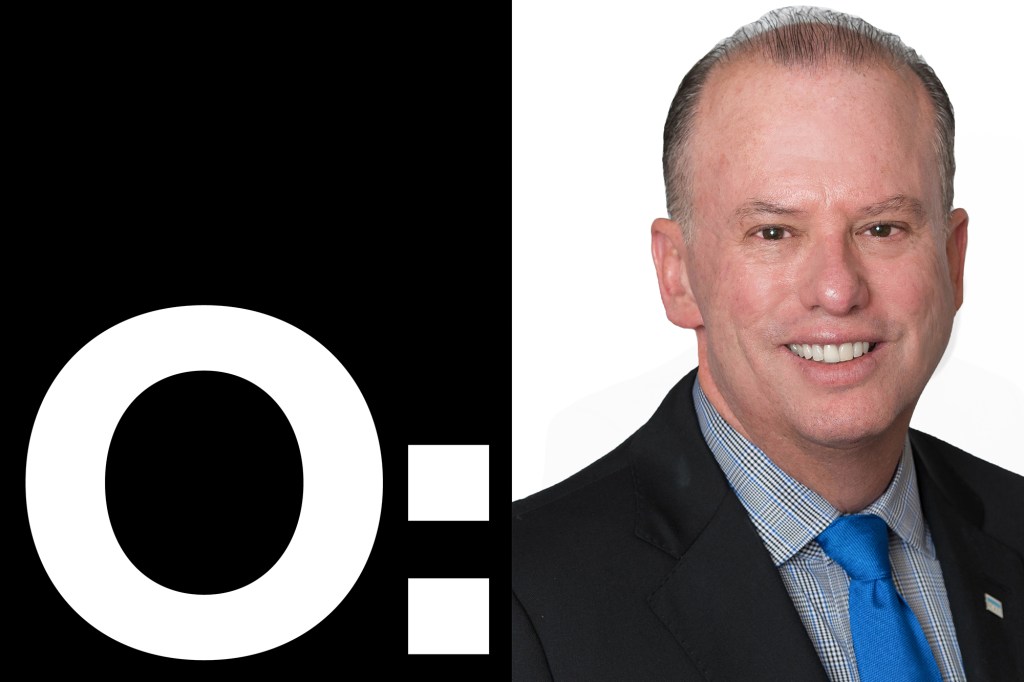Workplace demeanor, professionalism in business relationships, and allegations of unacceptable office behavior have recently moved to the forefront of national conversation, and architecture is no exception. As critiques of inequity and harassment in the profession rise to the surface, it has become increasingly apparent that licensing boards—which are responsible for the practice of architecture in their individual jurisdictions—need a modern tool to uphold ethical standards.
The National Council of Architectural Registration Boards’ (NCARB’s) newly refreshed Model Rules of Conduct fills this need by providing licensing boards with a framework to institute rules regarding behavior and conduct that directly impact an architect’s ability to practice.
Setting National Standards
In June 2018, representatives from 51 U.S. licensing boards approved major updates to NCARB’s Model Rules of Conduct, completing a three-year effort to review and strengthen the role of ethics in the regulation of architecture. Established in 1977, this vital document serves as a national model that each board can adapt to ensure ethical practice among architects.
NCARB’s deep dive into the topic began in 2015 when then-president Dennis S. Ward, FAIA, established an ethics task force. With volunteers ranging from architects to attorneys, the task force was charged with reviewing and refreshing the existing Rules of Conduct to reinforce the relationship between ethics, architects, NCARB, and licensing boards.
In a prescient move, the updated Model Rules of Conduct intentionally references workplace harassment as an issue of focus for disciplinary consideration along with an obligation found in ethics codes of professions like medicine and law: to say something if you know something. The importance of these tenets has been affirmed repeatedly by current social movements, which highlight the key role that calling out unacceptable behavior plays in creating a safe work environment.
Additionally, the Model Rules of Conduct takes steps to protect the next generation of architects by outlining the critical part that Architectural Experience Program (AXP) supervisors play in training future practitioners, and by laying down standards for their interaction with the individuals they are intended to mentor and guide.
Because the topic of ethics is at once obvious and complex, the Model Rules of Conduct also acknowledges the essential nature of due process before any disciplinary finding. With reputations and livelihoods at stake, the document aims to promote a zero-tolerance culture that is balanced against the necessary role of our judicial system.
Taking Action
Now that the framework has been developed, it is up to licensing boards to lead change within their own jurisdictions. While the Model Rules of Conduct serves to emphasize NCARB’s commitment to professional conduct for our customers, its main role is as a regulatory tool for boards, enabling them to better protect the public health, safety, and welfare in their jurisdiction.
The next step toward curbing misconduct in the architecture field is for each individual board to adapt and implement the Model Rules of Conduct. To facilitate and expedite this process, which can take several years, the document features language that can be amended based on local needs and requirements. Going forward, NCARB will continue to base any discipline of its customers on actions taken at the licensing board level.
As more boards take advantage of this tool to enforce ethical behavior, NCARB anticipates seeing architecture lifted to the same high standards held by other professions. And in turn, we hope that by creating an atmosphere of protection and respect, equity and diversity across the architecture profession will continue to improve.
Editor’s note: This article is in part a continuation of the discussion by Beverly Willis, FAIA, and Emily Grandstaff-Rice, FAIA, on the topic of sexual misconduct in architecture. We regularly publish opinion columns that we think would be of service to our readers. The views and conclusions from these authors are not necessarily those of ARCHITECT magazine nor of the American Institute of Architects.
